Magazine
Design incorporates objects, people,
ideas based on the small pleasures of everyday life.
Meet your wonderful design world with the DDP Design Fair.


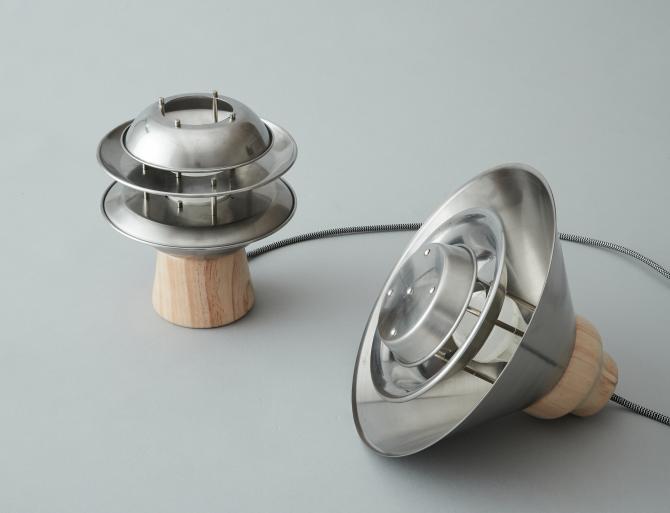
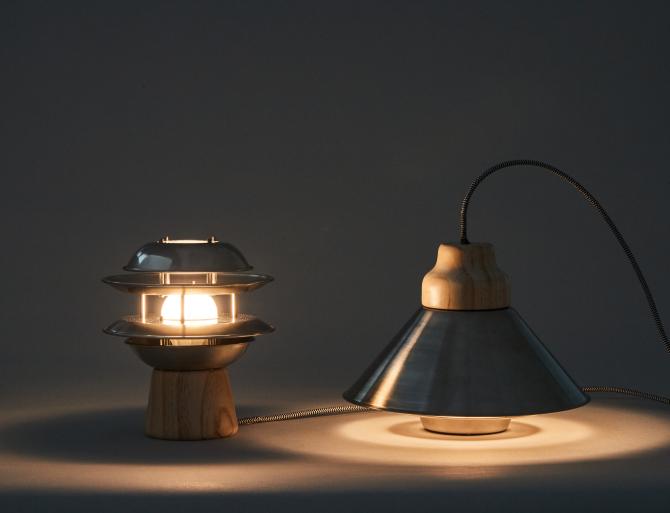
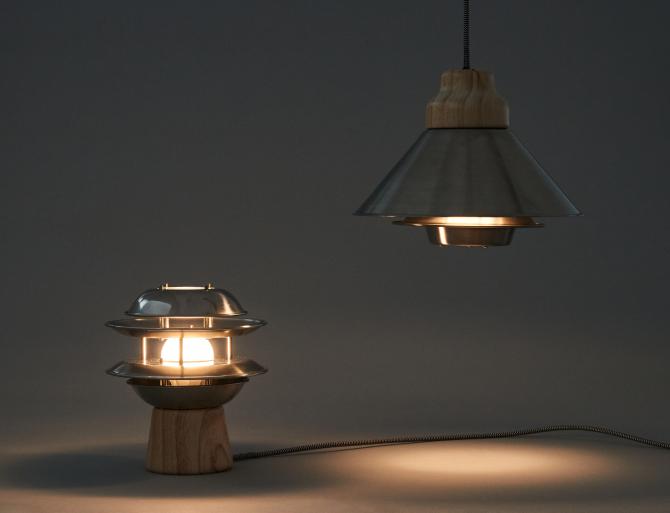
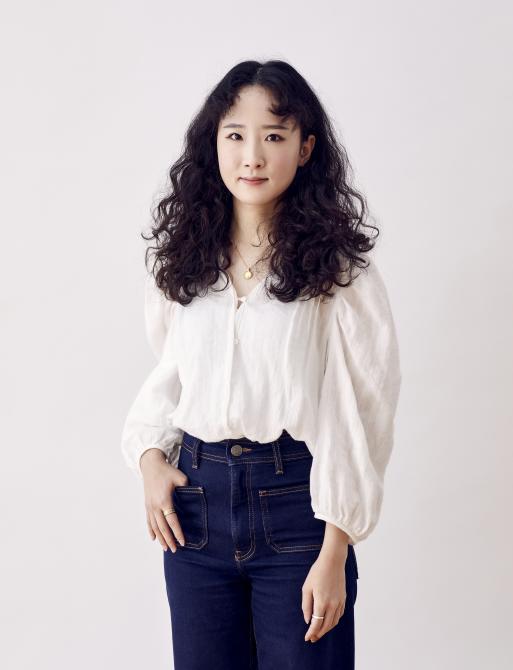
소상공인 원써드ㅣMaker ONE-THIRD
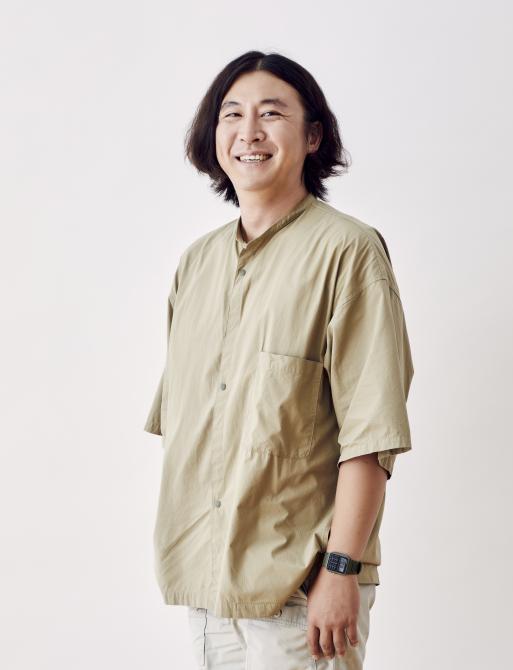
디자이너 아몬드스튜디오ㅣDesigner Almond Studio
Best Award 5 The Unstack Series: Stainless Steel Bowls Ingeniously Repurposed into a Pendant Light and Table Lamp
ONE-THIRD + Almond Studio
It is a lamp that has the coldness of stainless steel and the warmth of wood. The light spreads softly and gives a sense of coziness. It is made of stainless steel bowls, one of the most common second-hand kitchen utensils stacked up along the Hwanghak-dong Kitchen Furniture Street. Discarded and abandoned bowls have been transformed into an impressive lighting piece. Additional carbon emissions and wasted parts were minimized through a relatively simple processing method. It can be used as a pendant light and also a table or floor lamp, thereby offering flexible practicality. ONE-THIRD’s philosophy of upcycling was added to the design of Almond Studio, which creates new values through the urban manufacturing industry, to create a product that embodies the identities of both teams.
Maker ONE-THIRD
Q1 What made you participate in the DDP Design Fair?
ONE-THIRD, located at the Hwanghak-dong Kitchen Furniture Street, spreads the message: “Let’s reduce unnecessary manufacturing and consumption.” Almond Studio designer Jo Sooah, who has been interested in ONE-THIRD’s upcycled works created based on this value, proposed a collaboration. I decided to participate because I wanted to create a new upcycled product that contains the value ONE-THIRD has been pursuing.
Q2 Any difficulties during the collaboration process? How did you overcome this?
Stainless steel bowls are most commonly used in restaurants. As they are used almost everywhere, a lot of second-hand products end up here. I thought that repurposing this kind of material was true “upcycling”. However, due to the nature of the stainless steel material, it was not easy to change the shape and reprocess it, such as cutting or bending, due to its high intensity. Drilling a hole or folding a shallow dish was the best I can do. There were many constraints, but I could solve the problem in a rather simple way, and I was satisfied with the end result.
Q3 How was the collaboration process?
My experience of using Hwanghak-dong Kitchen Furniture Street’s infrastructure and Almond Studio's experience of using Euljiro's urban manufacturing infrastructure were very helpful for our collaboration. I was able to generate more various ideas through collaboration than when I was working alone, and I was able to increase my understanding of production methods and materials I have never used before.
Q4 How did you feel about the DDP Design Fair?
It was great because there were almost no restrictions on themes or product categories, so I was able to do whatever I wanted to do or try something new. I am looking forward to interacting with various designer teams and maker teams. I think it will be a good opportunity to personally find someone you want to collaborate with even after the fair ends. After participating for the first time this year, I think I will participate every year from now on.
Designer Almond Studio
Q1 Have you ever participated in the DDP Design Fair?
This is my second time since 2019. It was great to be able to work in other areas by getting out of my comfort zone. I thought it was a great opportunity to create synergy with makers, so I decided to participate again.
Q2 Could you tell us about the production process and direction of this collaborative product?
We drilled holes in a stainless steel bowl and used it as a lampshade, and carved wood to connect the upper part of the lighting piece. Our focus was the upcycling of second-hand kitchenware, and we had to choose which material we would use from the many materials piled up at the Hwanghak-dong Kitchen Furniture Street. We also had to pick a material that was easy to use and expand. In Hwanghak-dong, we are seeing more and more kitchen utensils from stores that closed their doors due to the aftermath of COVID-19 pandemic, however, their demand continues to decrease. The lighting was created in line with our hope to see kitchen utensils piled up in dark warehouses being repurposed for a new use, emitting light.
Q3 How was the collaboration process?
We wandered around the Hwanghak-dong Kitchen Furniture Street, purchased various materials and put our heads together to decide what kind of product to create. The experience and knowledge of the maker, who was already well aware of the region’s characteristics and resources, was very helpful. The collaboration also allowed me to quickly figure out how to approach things as a designer.
Q4 What is your plan or goal after the collaboration?
I want to continue the upcycling series that repurpose second-hand stainless steel bowls. Besides expanding the forms of lighting by combining bowls in various shapes, I want to make products other than lighting. There are also a lot of melamine bowls piled up in Hwanghak-dong, so I'm trying to develop products using that material.
Q5 What did you learn from the DDP Design Fair?
The process of planning and manufacturing upcycled products has many differences from the process of manufacturing general products. Since there were many constraints due to the nature of the material, I was able to have the opportunity to learn how to solve these problems and the approach for upcycling.
| 이전글 | Best Award 4 Rhetoric Cutlery Set: The Hidden Meaning behind Simplicity |
|---|---|
| 다음글 | Best Award 6 The Erosion Project: A Nature-inspired Bath Mat Made from Natural Materials |







